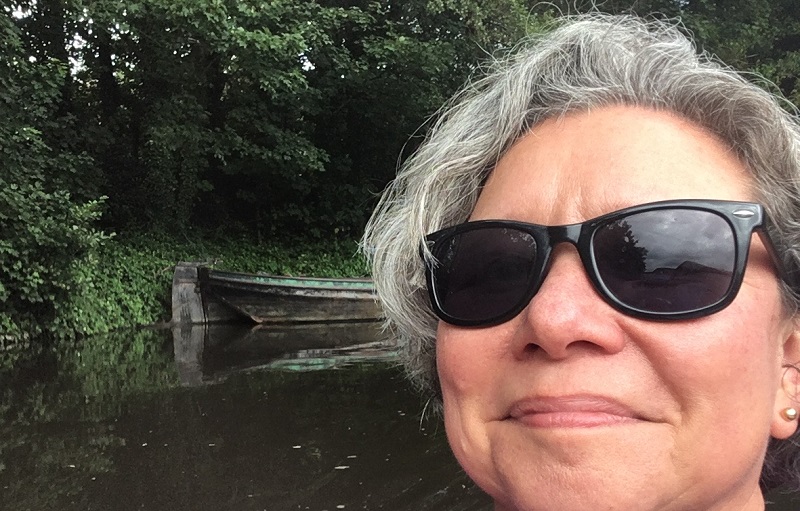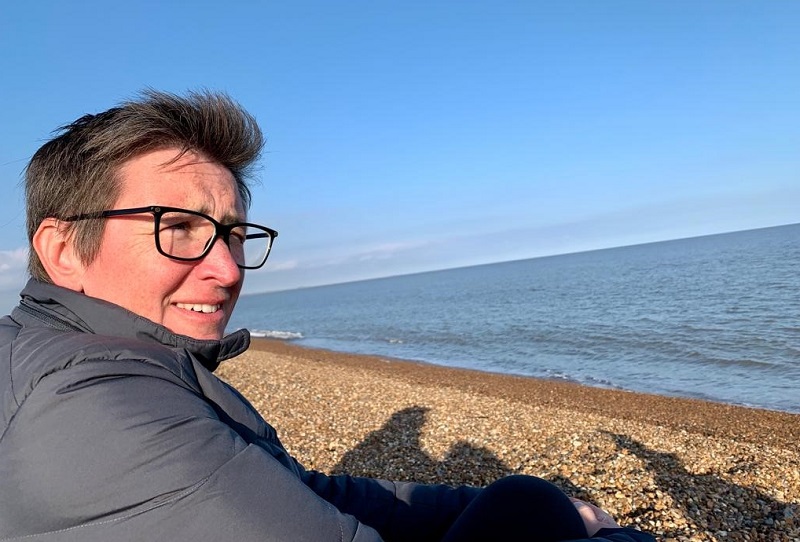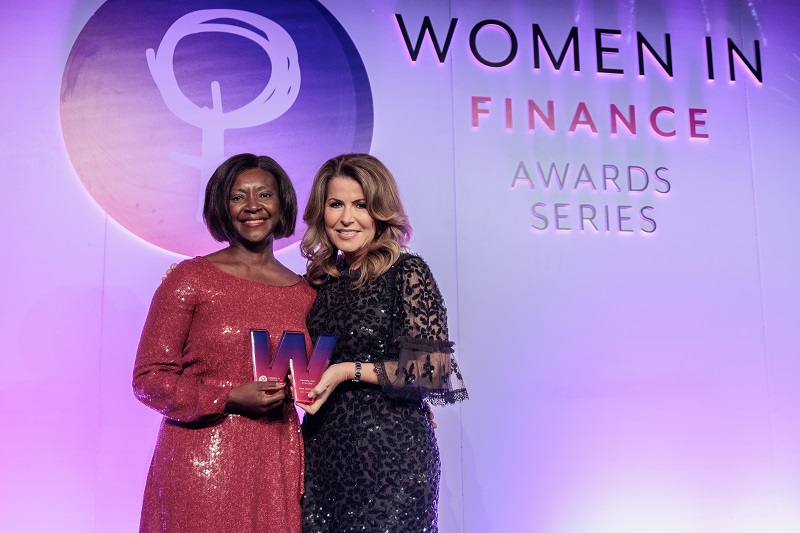Steph, can you share your journey as an LGBTQ+ individual in the corporate world and how it has shaped your passion for fostering inclusivity and diversity?
My journey has been complex. I grew up as a mixed-race teenager in the 70s/80s in a white community, and as is the case now, being seen as different was often a source of ridicule.
An innate desire to belong was incubated from when I was very young. I knew what it felt like to be different. With my ethnicity being more visible than my orientation, my ethnicity became the section of myself that I mostly tried to hide (a bit tricky when your mother is 100% Chinese and your dad is 100% Irish).
Fitting in and hiding became my strategy. Fast forward to life in the early 1990s, when I fell hook, line and sinker in love with a woman at about 26, and my orientation manifested itself. Scary times for someone who was used to fitting in and hiding!
The world looked very different to me – and while both the emotional and sexual connections felt authentic, gone were my straight privileges (holding hands in public, mentioning my partner’s pronouns to strangers, and being open about my relationships with my family).
A desire to fit in has really remained with me all my life; however, since coming out from the 90s, I have been open about my sexuality to those I worked with on a day-to-day level. I’ve always been fully supported by my managers and colleagues throughout my career, but I have had to work harder to make sure that this important part of my identity is visible and being visibly part of the LGBTQ+ group and LGBTQ+ supportive initiatives in my workplaces has enabled me to do that.
In your experience, what are some of the key challenges faced by LGBTQ+ employees, and how can organisations address them effectively?
Over the last few years, it’s felt a little tricky to navigate some of the LGBTQ+ dialogue that happens in the Twittersphere, particularly around the gender identity topic, which makes me wonder if Trans people feel included in the LGBTQ+ community. I’d argue that they may not.
This can be a complex area, but what’s important to me is that workplaces continue to build a culture where everyone is welcome. We work on initiatives that educate and improve the working conditions for all LGBTQ+ members and other minorities through network groups, fireside chats, blogs, and events that highlight personal stories (inspirational speakers). Kyndryl is really demonstrating its commitment in this area.
We are still facing a significant amount of prejudice and discrimination in society. World affairs tell us how quickly societies can go from being fairly liberal to being tightly conservative, as many countries lean towards more conservative, less tolerant regulations. Having an inclusive workplace cannot be taken for granted – we really can never be complacent.
How do ally programmes and active support initiatives contribute to creating a more inclusive work environment? Can you provide examples of successful initiatives?
At Kyndryl, we are still a relatively new company. We have the training, Out Role Model Programmes, ally programmes and Kyndryl Inclusion Networks (KIN). These provide visibility and create a space for others to bring their whole self to work without fear of prejudice or ridicule. But what is important to remember is that these programmes need to be continually nurtured.
It’s vital that global ally leaders, country ally leaders, executive ally sponsors, and community allies continue to be visible and demonstrate Kyndryl’s commitment to working in an inclusive workplace. We need to work together at all levels to have our colleagues experience belonging and supportiveness – a place where no one feels left out – particularly as more and more of us work remotely. We could easily slip back into thinking it will all be put in place for us, but it’s not. We have to build upon our work and ensure that the work continues – that is my key focus.
How can companies support Pride Month and LGBTQ+ causes beyond token gestures, ensuring that the commitment to DE&I extends throughout the year?
A lot of the time, members of the LGBT+ community are invisible. Ask yourself, how do you know if someone is LGBT+ or not? The answer is that you probably don’t, but does that mean we’re not relevant? Statistics show that LGBT+ communities are still discriminated against in the workplace. Everyone is responsible for being curious, asking about the team they work with, putting themselves in other people’s shoes, and learning and educating themselves on LGBQ+ topics.
However, for this to happen, companies need to implement frameworks that facilitate openness and curiosity, such as education programmes, events, blogs, and ally-level programmes, actively sponsoring social and legal improvements for minorities, working with other companies, and sharing ideas and frameworks externally.
Although we live in a more automated, digital world, it’s the people and the critical services they deliver that sustain an organisation, so if a company truly wants a sustainable business that thrives in today’s VUCA world, they need to embrace diversity, equity and inclusion every day of the year.








